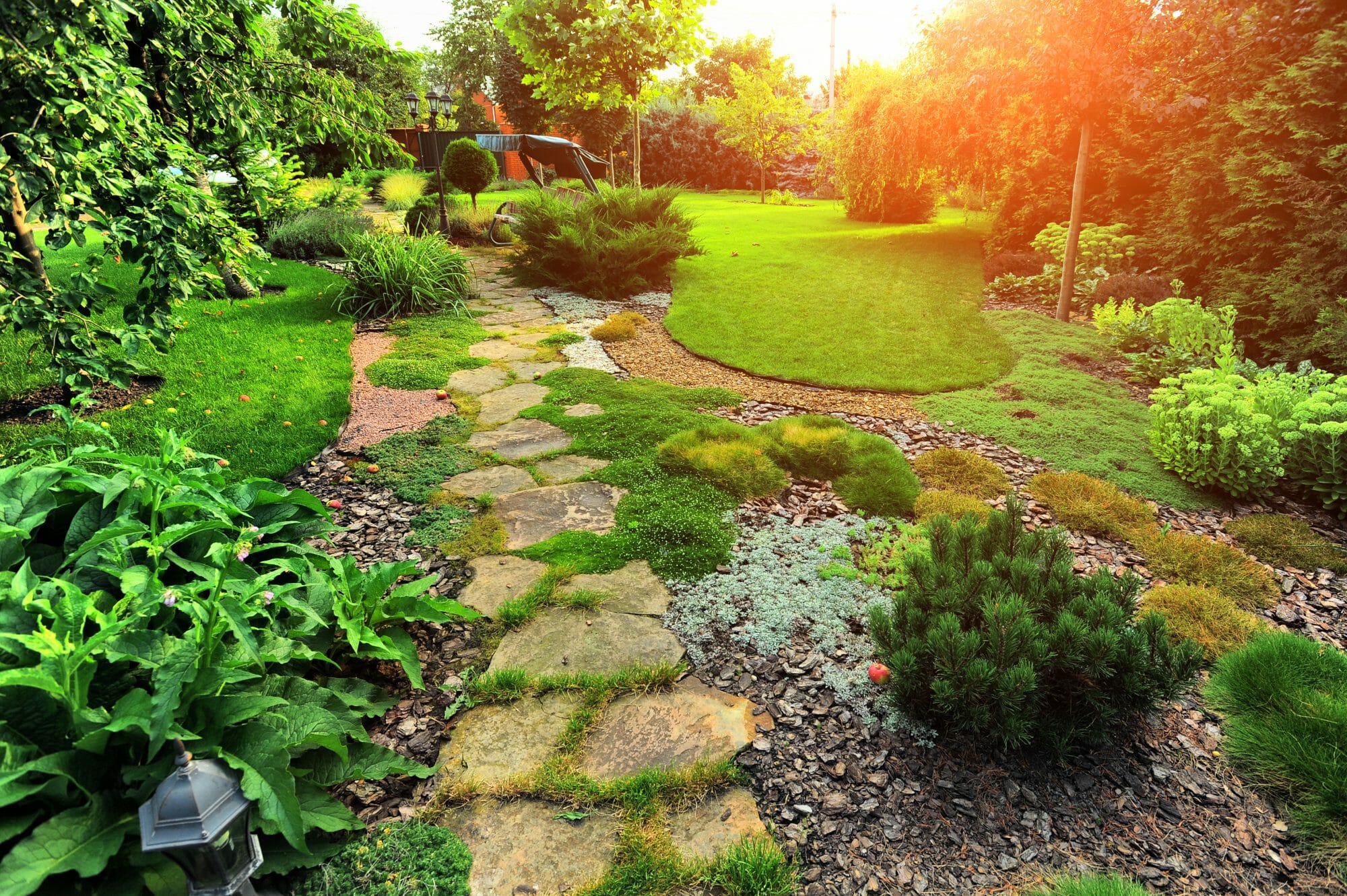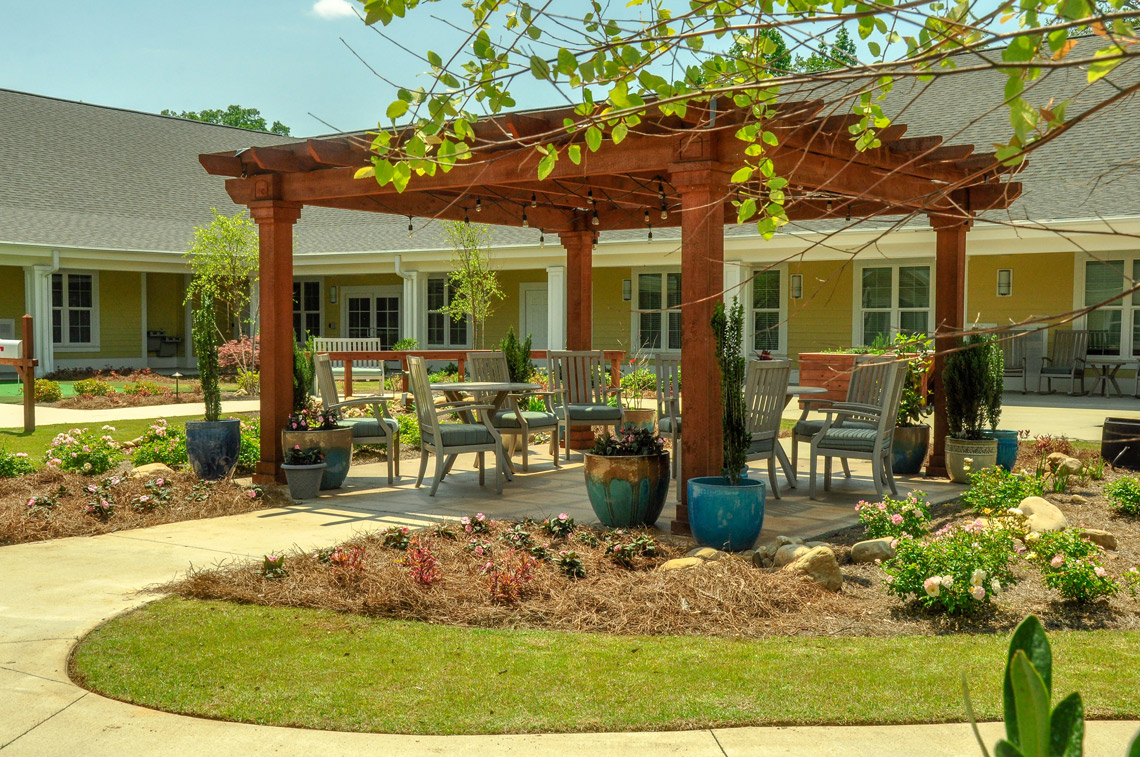Hilton Head Landscapes - The Facts
Hilton Head Landscapes - The Facts
Blog Article
How Hilton Head Landscapes can Save You Time, Stress, and Money.
Table of ContentsNot known Factual Statements About Hilton Head Landscapes The Main Principles Of Hilton Head Landscapes The smart Trick of Hilton Head Landscapes That Nobody is Talking AboutHilton Head Landscapes Can Be Fun For AnyoneGetting The Hilton Head Landscapes To Work9 Simple Techniques For Hilton Head LandscapesExcitement About Hilton Head LandscapesHilton Head Landscapes - The Facts
Kind compatibility is additionally a major element of unity in designone or more strikingly various kinds benefit comparison and focus, yet generally all various other types must have some similarities for a linked appearance. Structure refers to how coarse or fine the surface area of the plant or hardscape material feels and/or looks.
Instances of plants with rugged appearance include philodendrons, agaves, bromeliads, hollies, hands, and hydrangeas. Attributes that produce fine structure include small vegetation; thin, strappy leaves (lawns) or tall, slim stems; tiny, thick branches and tiny branches; long stems (vines); and small, fragile flowers.
Some Of Hilton Head Landscapes
A lot of plants are moderate texture, in that they can not be defined as having either crude or great appearance. They are defined by medium-sized fallen leaves with easy forms and smooth sides. The average-sized branches are not largely spaced neither widely spaced, and the general type is usually rounded or mounding. Medium-textured plants act as a background to link and unify the rugged- and fine-textured plants.

To make an area really feel smaller sized, position the coarse textures along the outer perimeter and the fine structures closest to the audience. The information of the rugged texture makes the plants appear closer and makes the room feel smaller. The perceived texture of plants can also alter with the distance from the plant.
Some Of Hilton Head Landscapes
Vibrant colors enhance the contrast and make the appearance show up coarser, while muted colors can squash texture. Hardscape with a crude texturesuch as extremely rough rocks and strong, large timberstends to make all plant material appear extra medium distinctive. Designers often create an appearance research (Figure 8) on paper to help make a decision the setup of plant materials.
Color in plant material and hardscape includes interest and selection to the landscape. Color is the most noticeable component in the landscape and is typically the emphasis of many homeowners; however, it is also the most short-term component, normally lasting just a couple of weeks a year for specific plants.
The 8-Minute Rule for Hilton Head Landscapes
A straightforward summary of the shade wheel consists of the three primaries of red, blue, and yellow; the three additional colors (a mix of 2 primaries) of environment-friendly, orange, and violet; and six tertiary shades (a mix of one adjacent primary and second color), such as red-orange. Color concept clarifies the connection of colors to every other and just how they should be made use of in a composition.

Analogous (occasionally called unified) color pattern are any kind of 3 to five colors that are adjacent on the color wheel, such as red, red-orange, orange, yellow-orange, and yellow, or blue, blue-violet, and violet (bluffton landscaping). The shades belong to each other because they commonly consist of two main shades mixed to develop a second and 2 tertiary colors, which implies they share common properties
Complementary colors are frequently located naturally in flowers; a typical set is yellow and violet. Color is discovered in the blossoms, foliage, bark, and fruit of plants.
The Main Principles Of Hilton Head Landscapes
Eco-friendly foliage in all its various tones is the dominant shade by quantity, but various other shades record attention quicker as a result of their high comparison to the shade green. Shade is also located in buildings, rocks, pavers, timber, and furniture. Most colors in all-natural materials, such as stone and timber, are normally muted and often tend to be variants of brownish, tan, and pale yellow.
Shades have buildings that can affect emotions, spatial perception, light quality, equilibrium, and focus. Trendy colors often tend to be calming and must be utilized in locations for leisure and serenity.
The Basic Principles Of Hilton Head Landscapes
Trendy colors often tend to decline and are regarded as being further away, making a space really feel bigger. Shade can likewise be used to record focus and straight views.
For example, brilliant yellow, which has the highest possible intensity, also has a high contrast with all various other colors (often explained as a "pop" of color) and need to be conserved. A small quantity of extreme color has as much aesthetic weight as a large amount of an extra restrained or weak shade.
Analogous (occasionally called harmonious) color pattern are any type of three to 5 shades that are adjacent on the color wheel, such as red, red-orange, orange, yellow-orange, and yellow, or blue, blue-violet, and violet. The shades belong to every other because they commonly include two primaries mixed to develop a secondary and 2 tertiary shades, which indicates they share typical residential or commercial properties.
Hilton Head Landscapes for Dummies
They have a tendency to have high comparison between them. The most common sets are violet and yellow, red and environment-friendly, and blue and orange. Complementary colors are frequently found normally in blossoms; a common set is yellow and violet. Color is found in the flowers, vegetation, bark, and fruit of plants.
Eco-friendly foliage in official source all its different tones is the leading color by quantity, yet various other shades capture focus quicker due to their high contrast to the shade eco-friendly - bluffton landscaping - https://filesharingtalk.com/members/598268-h1tnhdlndscps. Color is also found in buildings, rocks, pavers, timber, and furnishings. Most shades in natural materials, such as stone and wood, are typically muted and have a tendency to be variations of brownish, tan, and light yellow
Facts About Hilton Head Landscapes Revealed
Colors have properties that can impact emotions, spatial understanding, light top quality, equilibrium, and emphasis. Cool shades tend to be calming and should be used in areas for relaxation and calmness.
The "temperature" of shades can additionally impact the assumption of distance. Cool shades tend to recede and are perceived as being farther away, making a room feel bigger. Cozy shades often tend to advance and are viewed as being closer, making a room really feel smaller sized. Shade can also be made use of to catch focus and straight views.
Bright yellow, which has the greatest intensity, also has a high comparison with all other shades (usually explained as a "pop" of color) and must be utilized moderately. A tiny amount of intense shade has as much visual weight as a large quantity of a more restrained or weaker shade.
Report this page